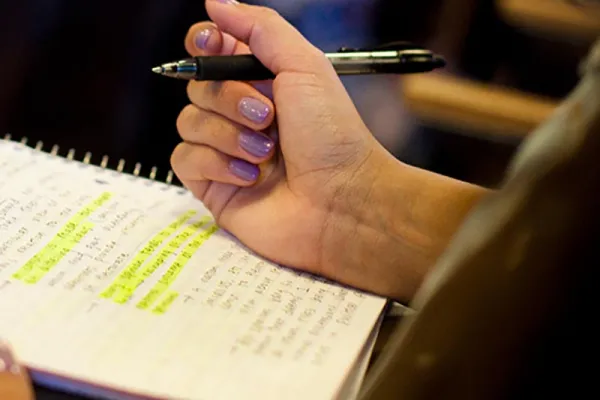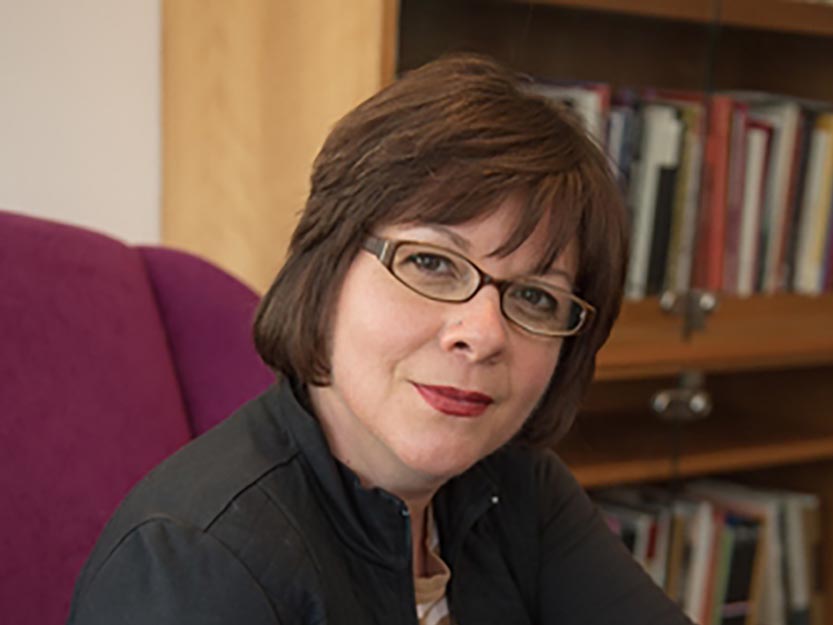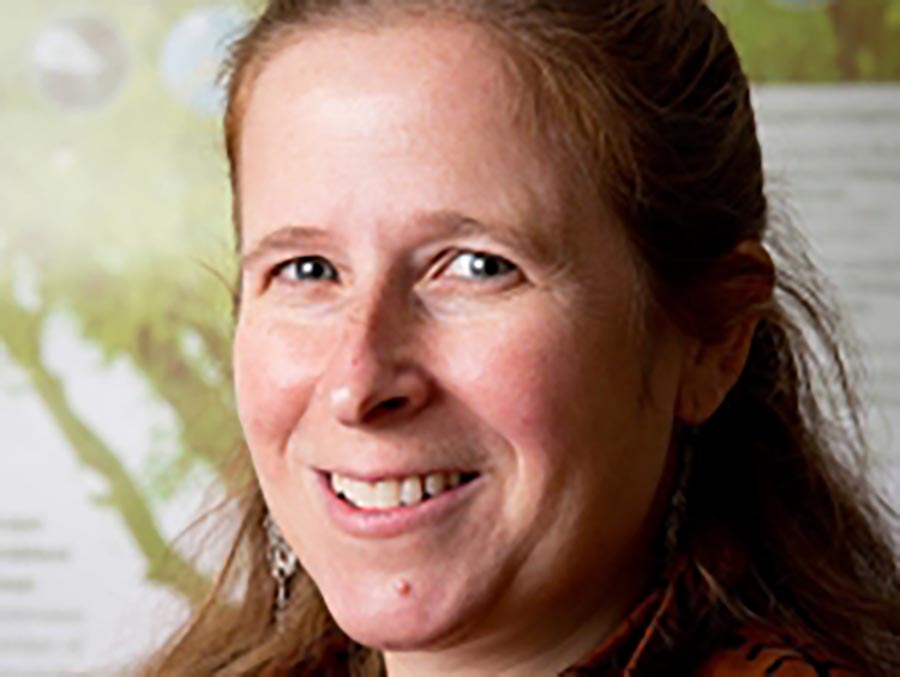Why They Teach: The 2017 Sherrerd Prize Winners
Campus Life

Published October 31, 2017
Three faculty members who are this year's recipients of the Kathleen Compton Sherrerd '54 and John F. Sherrerd Prizes for Distinguished Teaching share examples of what one student described as their "change-your-life teaching" approaches.
For Mark Brandriss, senior lecturer in geosciences at Smith, teaching is a way to leave his own “self-imposed intellectual compartment” and focus on the amazing geology of Earth.
In her work with students, Ginetta Candelario ’90, professor of sociology and Latin American and Latina/o studies, tries to impart lessons learned from her immigrant mother about thriving in “places and spaces that aren’t expecting you to be there.”
Laura A. Katz, Elsie Damon Simonds Professor of Biological Sciences, views teaching as a way to share her love of the “unusual biology of microbes”—and to increase access by more students to the sciences.
The three faculty members are this year’s recipients of the Kathleen Compton Sherrerd ’54 and John F. Sherrerd Prizes for Distinguished Teaching. Established in 2002 with a generous bequest from the Sherrerd family, the annual awards are given to faculty members who display uncommon skill in fostering learning and achievement—both in and out of the classroom.
Smith community members are invited to celebrate this year’s honorees at a ceremony on Tuesday, Nov. 14, at 4:30 p.m. in the Campus Center Carroll Room. Student nominators will introduce the faculty award winners, sharing examples of what one student called their “change-your-life teaching” approaches. A reception will follow the ceremony.
Here’s what the 2017 Sherrerd award winners had to say about why they teach and what they have learned from their students.

Mark Brandriss, senior lecturer in geosciences
“For me, the most enjoyable thing about teaching at Smith is talking about geology with other people who love geology. I enjoyed it when I was a student, and at some point during my time in graduate school, I realized that if I became a teacher I could continue to discuss geology with people and do it for a living.
“It’s particularly rewarding to work with students because their perspectives are so different from mine. My research is mostly on igneous rocks, and it’s easy to get preoccupied with minutiae while burrowing ever deeper into a highly specialized question or problem. But when I teach undergraduates—especially in introductory courses—I have to leave my self-imposed intellectual compartment and think again about the big picture: about how the Earth works and about the billions of years of Earth history recorded in the rocks around us.
“Students at Smith are very engaged, so they do a great job of keeping my mind open. Last spring I met one-on-one with dozens of students in my introductory geology class who were researching and writing short papers about the geology of their hometowns. We looked at maps, we searched for articles and we talked about their favorite places. It was fun! The students were from all over the world, so in the end I’m sure that I learned more from the assignment than they did. Hopefully, they learned plenty of things, too—because that, of course, is the main reason we’re here.”

Ginetta Candelario ’90, professor of sociology and Latin American and Latino/a studies
“I grew up hearing my mother say “saber es poder”—“knowledge is power”—as she made her way through a college education one class at a time. A single, Dominican immigrant mother and domestic violence survivor, she finished college the same year I finished elementary school; we took our graduation pictures together. Despite her newly minted degree in accounting, my mother couldn’t get a job in her field. So she bought an adding machine, put a hand- lettered sign in the window of our apartment and began a home-based tax preparation business.
“Watching my mother make a way where there wasn’t one, insisting that she could because of the knowledge afforded by her college education, convinced me that she was right—saber es poder. Bearing witness to my mother’s immigrant life and joining her in the transnational life she built deeply informs what I teach and how I teach. It isn’t just a formal, professional education that constitutes powerful knowledge, according to my mom. It’s knowing how to make your way through places and spaces that aren’t expecting you to be there, aren’t necessarily welcoming you, and at times actively resent your presence, while sustaining your sense of self and your ties to family, community and homeland.
“I strive to bring that lesson to my students through community-based learning and research. I teach them to recognize the deep connections between the U.S. and the many first nations and diasporas who call the larger Americas home. I encourage my students to learn not just about, but from Latin@ communities—including those just down the road in Holyoke, Mass. That is powerful knowledge indeed.”

Laura A. Katz , Elsie Damon Simonds Professor of Biological Sciences
“My inspirations for becoming an educator include my love for what one of my senior colleagues called ‘those damn exceptions in biology’ (i.e. the crazy genomes of amoebae); my commitment to enhancing social justice through education; and the support of my many mentors and teachers.
“Students are often surprised to learn of my non-linear career trajectory. I only took one biology class in college, graduating with the idea that I would work on environmental issues for the rest of my career. My major was history of science with a focus on Russian and Soviet history. (In my junior year, I did write a paper on Darwinism in Dostoyevsky and Tolstoy— largely an excuse to read great novels.) After college, I worked at an environmental think tank in Washington, D.C., but it was a graduate evolution course I took at George Washington University that led to my enduring interest in the unusual biology of eukaryotic (i.e. cells with nuclei) microorganisms.
“The key lesson I’ve learned at Smith is that students here are great—motivated and hardworking. It’s refreshing to be at an institution where students are so eager to get educated—not just to be given an education, but also to work hard as they develop knowledge and skills. A second lesson I’ve learned through teaching and raising my children (now 18 and 20) is the critical role that listening plays in teaching. My research program, for example, has been substantially enhanced by opportunities to listen to students whose questions and ideas have pushed projects in unexpected directions.”